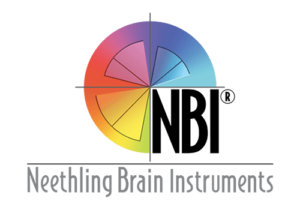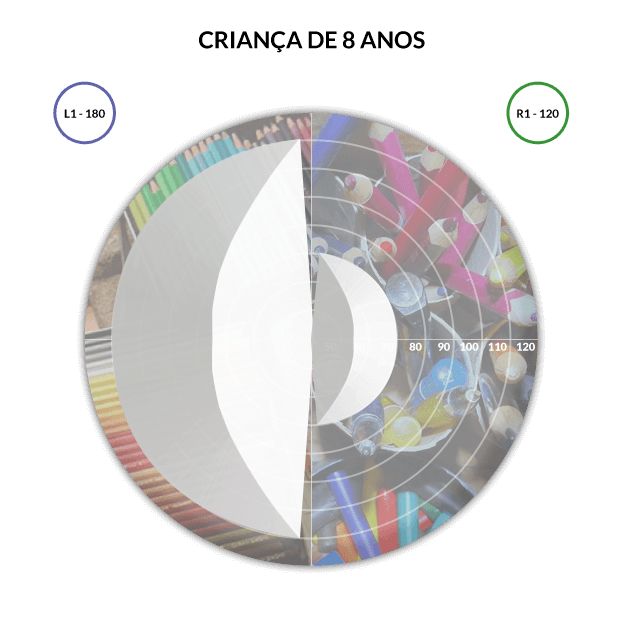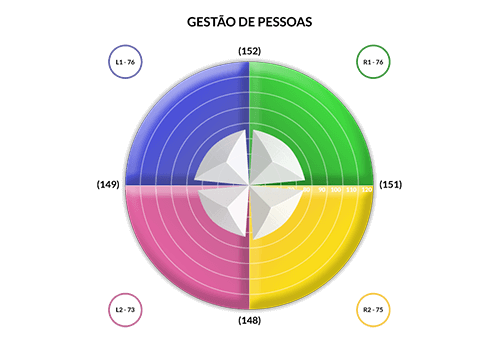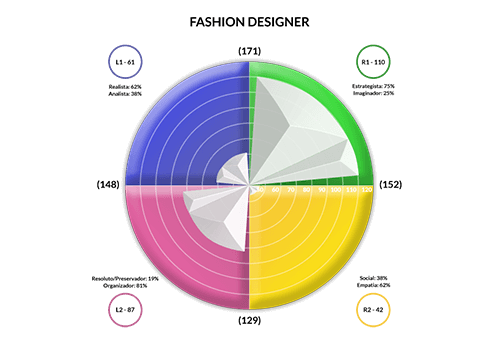Your brain profile is measured in four quadrants: L1, L2, R1, and R2 (“left” and “right”). L1 encompasses the “Analyst and Realist” subdimensions, while L2 encompasses the “Conservative / Preserver and Organizer” subdimensions. In the right hemisphere of the brain, the subdimensions “Strategist and Imaginative” are found in the R1 quadrant, and the subdimensions “Socializer and Empathic” in the R2 quadrant.
Brain preference assessments reveal which quadrants hold their strengths, that is, their dominance of brain use and also the quadrants of lesser dominance, indicating points that can be developed based on each objective.
It is important to note that there is not one profile that is better than other, not even some function or task that can only be performed by people who have certain brain preferences. The assessments reveal their main characteristics and potentials, facilitating the drive to success through creative and personalized strategies.
To improve understanding of your assessment results, you can schedule an in person, FaceTime, or Skype session. Call to learn more.










